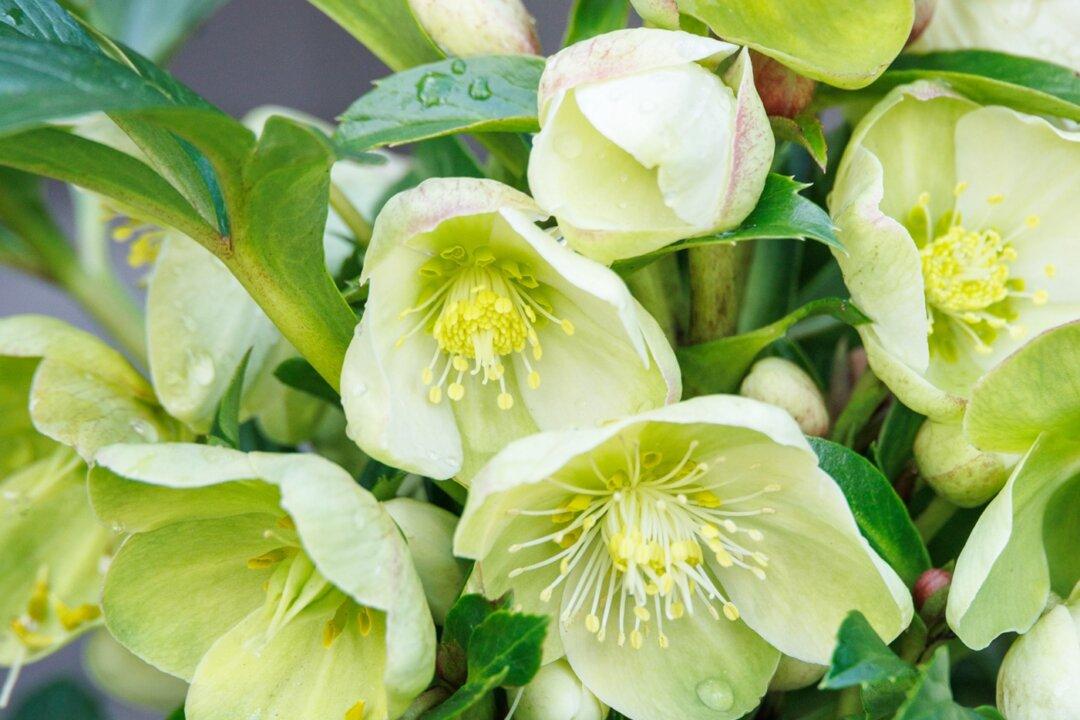In general, these primitive plants don’t harm the plants they are growing with, but they can cause irrigation water to run off down the sides without soaking in; if the growth is too thick, then it can force the water to run out over the top of the pot. It’s easy to scrape off the growth and throw it in the compost pile. Then, if necessary, add a little more potting soil to the pot.
These ground-covering plants usually grow best if there is lots of moisture and shade. This often means that the potted plants are being overwatered. Do not let water sit in the tray under the pot for more than a few hours before draining it. If you need to, you can prune some of the lower stems off the plant so that more air circulation and sunlight reaches the pot.
Another problem that can develop along with fungal growth on soil is a fungus gnat infestation. Fungus gnats are 1/8-inch long, black, triangular insects. They fly up if the pot is disturbed. Indoors, if there are pots near a window, they fly along the glass trying to get out. The larval stage of the insect is a thin white worm with a black head. It usually eats the fungus mat that is growing on the soil surface in the flowerpot, but sometimes feeds on plant roots. This becomes a problem for small seedlings in flats or pots of small plants started early in the spring.
Food, water, and shelter are what they are looking for. If you can reduce the availability of one of these items, then you can reduce the desirability of your property to these animals.
For many mammals, birdseed that falls to the ground is a favorite food. Keep the areas under feeders cleaned up. Do not leave dog or cat food outdoors, as it feeds many nuisance animals.
Live trapping and moving them does no good because wherever you take them already has an existing population of the animals. New ones will then move into your vacant territory.
If you reduce the population in the fall by whatever means are legal in your area, then the population will remain low until next spring, when the offspring of many kinds of animals are born.
The chipmunks are seeking shelter under the easy-to-dig-in sand and gravel under the patio. Make this area inhospitable by flooding the tunnel with a hose. Block access to the hole with rocks. Install wire mesh in the ground around the edge of the patio.






